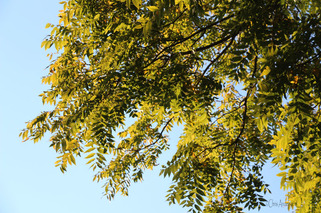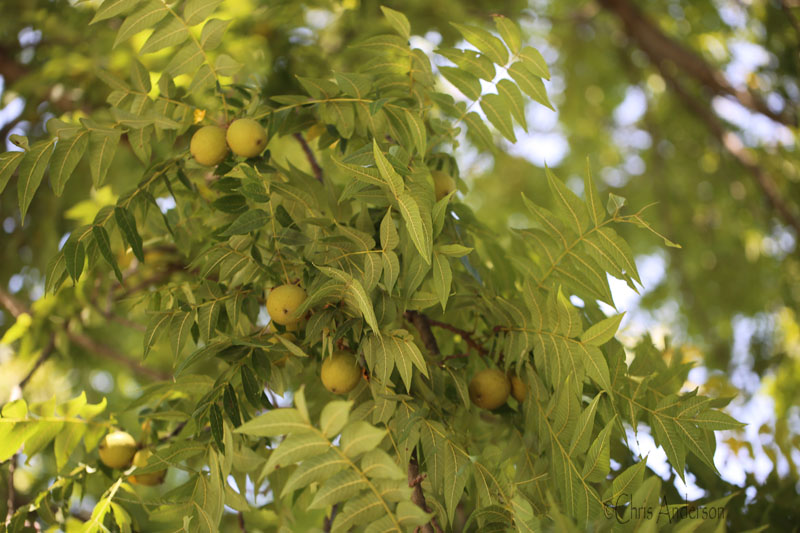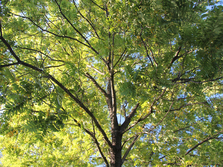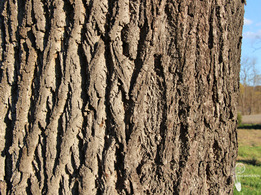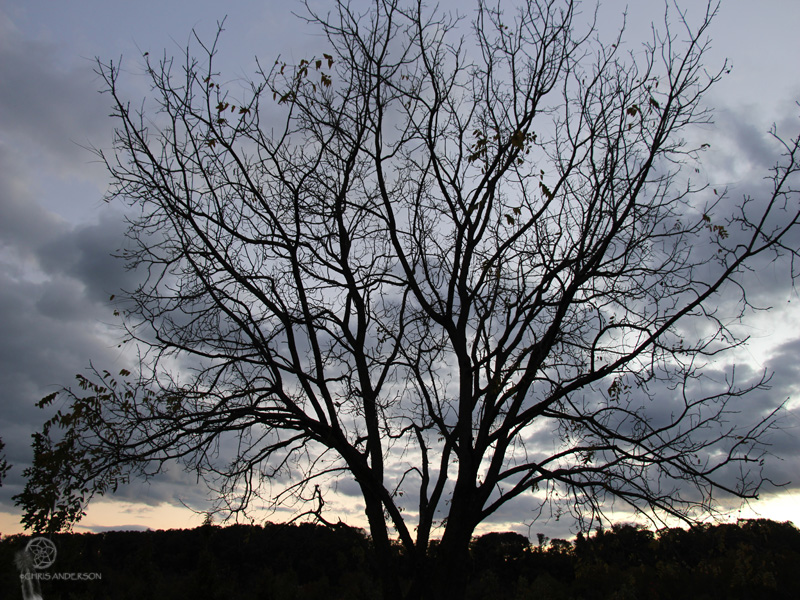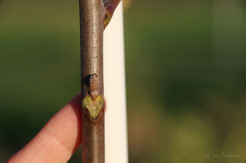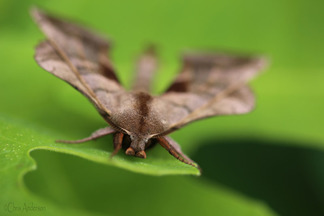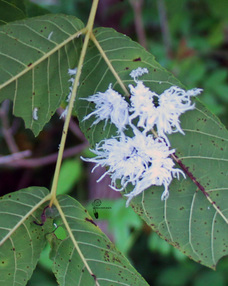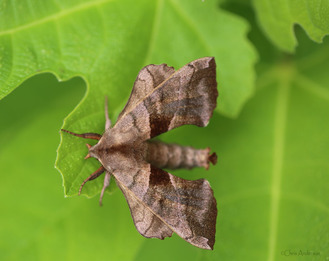|
Many a holiday meal includes the nuts of one of Virginia's tallest and most valuable commercial trees - the walnut (Juglans nigra). Walnuts are known for their high protein content and oil, utilized by many Native American tribes in the east as well as the attractive dark dye which comes from the walnut husks and is used to dye reeds and wood for basketry. Small mammals relish the nuts, particularly in the spring when freezing and thawing temperatures help to break open the tough exterior. The rich, dark wood is prized for furniture, the hard wood lending itself to large, functional pieces like cupboards and sideboards and also for interior architectural embellishments such as stair bannisters and cabinetry . The roots of walnut trees are allelopathic - they emit a biochemical which discourages the growth of competing plants, however, other native plants do not seem to be as susceptible to the effects of these chemicals as do non-native species. A close relative, the white walnut or butternut (Juglans cinera) also grows in Virginia and is similar to black walnut but produces smaller, but still edible, nuts. Unfortunately, Thousand Cankers Disease poses a threat to walnut trees and currently, ten Virginia counties and six cities are under quarantine. The disease, a fungus carried by a bark beetle, was first discovered in the west but has moved east and is now affecting the native range of black walnut. According to Dr. Douglas Tallamy in his seminal book Bringing Nature Home, the walnut is the host of more than 100 Lepidoptera species. A couple of the more unusual are the Walnut Sphinx Moth and the peculiar Butternut Woolly worm.
0 Comments
Your comment will be posted after it is approved.
Leave a Reply. |
Have a blog or blog idea?
Let us know (click) Other Blogs
VA Native Plant Society - click Brenda Clement Jones - click John Muir Laws' Blog - click Megan's Nature Nook - click Categories
All
Archives
September 2023
Blog Administrator:
Kathleen A. VMN since 2018 |
